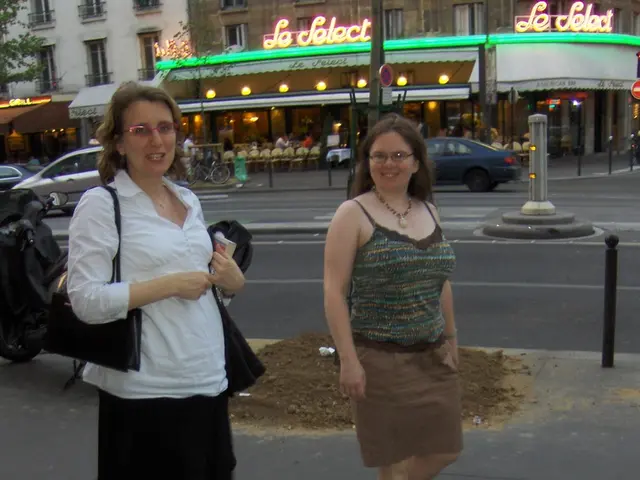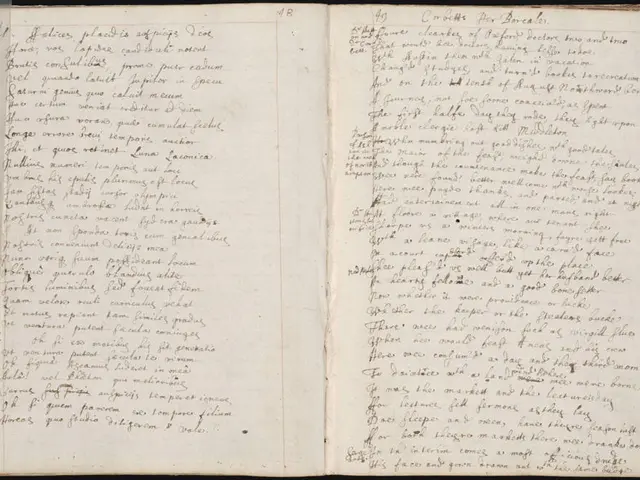New Detectors Promise to Fill Gravitational Wave Blind Spot by 2030s
Scientists are exploring a novel approach to detect gravitational waves, aiming to fill a significant gap in our current understanding of the universe. A team from the Universities of Birmingham and Sussex is developing compact optical resonators, poised to revolutionise gravitational wave astronomy by the 2030s.
The current detection range for gravitational waves is limited to about 10 to 1000 Hertz, with pulsar timing arrays extending to ultra-deep nanohertz. This leaves a blind spot in the millihertz band, which new resonator detectors promise to close.
These compact devices, less sensitive to interference than large ground-based installations, could provide crucial insights into black holes and the earliest moments of the universe. Signals in the millihertz range could reveal binary stars of white dwarfs and massive black hole encounters. They could even offer traces from the dawn of time, complementing data from pulsar timing arrays and atom interferometers to create a comprehensive picture of spacetime oscillations.
The global network of compact resonator detectors, once operational, will allow us to 'hear' the universe in all its tones, from the deepest hum to the highest whistle. This innovative approach, led by the collaborative research group from Birmingham and Sussex, promises to significantly enhance our understanding of the cosmos by the 2030s.







